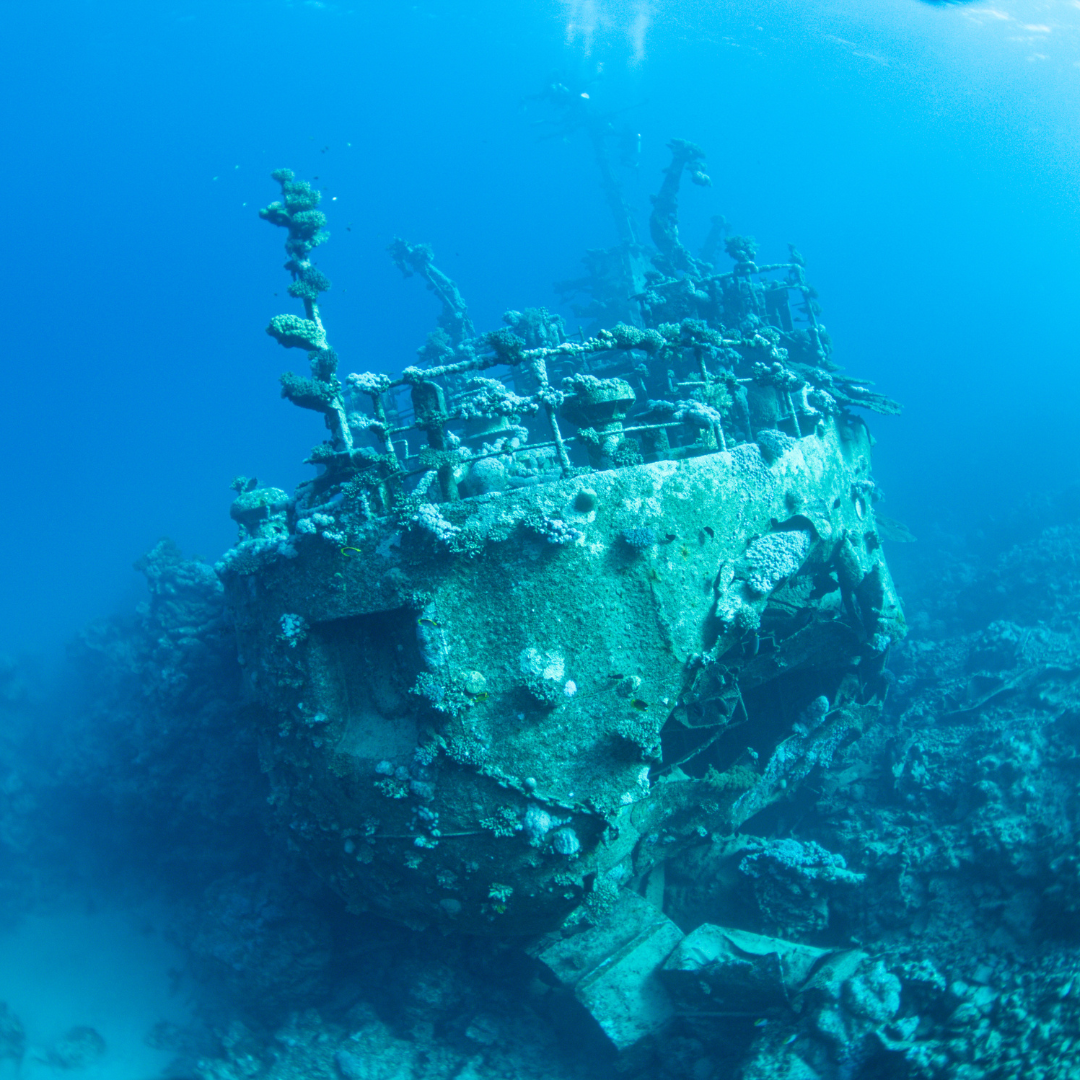The Wrecks of the BVI: Diving into the Stories of the RMS Rhone and Other Sunken Treasures

In the depths of the azure waters surrounding the British Virgin Islands (BVI), lie tales of maritime history, frozen in time. Shipwrecks, some draped in tragic lore and others in mystery, beckon divers and history enthusiasts to plunge beneath the waves and discover a world filled with stories, marine life, and the allure of the unknown. From the infamous RMS Rhone to the intriguing Chikuzen, these submerged vessels promise a diving experience like no other.
The Tragic Tale of RMS Rhone: History Beneath the Waves
The RMS Rhone stands as the most iconic shipwreck in the BVI. Commissioned in England in the 1860s, the Rhone was designed as a luxury packet steamer. However, its fate was sealed in October 1867 when a fierce hurricane hit while she was anchored near Salt Island. Attempts to reach open water failed, and the ship struck rocks and sank. Of her 146 passengers and crew, only 23 survived.
Today, the RMS Rhone’s wreckage is a National Marine Park. Divers can explore parts of the ship, including its massive propeller, steam engine, and an assortment of artifacts scattered across the ocean floor. The shipwreck is also home to a myriad of marine life, making it not just a historical site but a thriving marine habitat.
Ideal Dive Sites: Choosing Locations Based on Skill Levels
The BVI offers dive sites catering to both novices and seasoned divers. For beginners, the bow section of the RMS Rhone is ideal. Lying in shallower waters (around 20-30 feet), it provides an easy introduction to wreck diving. The stern, on the other hand, is in deeper waters and offers a more challenging dive experience, suitable for advanced divers.
Other sites include the Wreck of the Chikuzen, which lies in open waters and demands higher expertise due to stronger currents. Always consult with local dive shops and guides to choose sites that align with your skill level and ensure a safe diving experience.
Wreck Diving Safety: Precautions and Preparations for Divers
Wreck diving is exhilarating, but it also comes with its set of challenges. Divers should be aware of potential hazards such as sharp edges, entanglement risks, and shifting debris. Ensuring that your equipment is in top condition is paramount. Regular checks, particularly of air supply systems, are essential.
Diving with a buddy is a cardinal rule. Not only does this ensure assistance in case of emergencies, but it also enhances the diving experience, allowing shared discoveries and memories.
Lastly, always prioritize preserving the wreck. Remember the adage: “Take only pictures, leave only bubbles.”
Marine Life Around the Wrecks: From Colorful Corals to Mysterious Fish
The sunken ships of the BVI have evolved into thriving marine ecosystems. The RMS Rhone, for instance, houses schools of soldierfish, barracuda, and even the occasional turtle. Vibrant corals and sponges have made the ship’s structure their home, offering a vivid display of underwater flora.
The Wreck of the Chikuzen, apart from its historical allure, is a haven for marine life. Divers often spot stingrays, nurse sharks, and large groupers around this site. Every wreck in the BVI tells not just a tale of human history but also of the marine life that has claimed it over the decades.
The Allure of Sunken Ships: Why Wreck Diving is a Unique Experience
Wreck diving is more than just exploring submerged vessels; it’s about connecting with history, understanding the forces of nature, and witnessing how life finds a way even in remnants of tragedies. The silence that envelops these sites, punctuated by the sounds of one’s own breathing and the distant calls of marine creatures, is meditative. Floating through chambers and decks where once sailors and passengers thrived is a humbling experience, a stark reminder of the impermanence of life and the timeless beauty of nature.
The Wreck of the Chikuzen: Another Must-visit Dive Site in the BVI
Lying 12 miles northwest of Virgin Gorda, the Chikuzen offers a dive experience distinct from the RMS Rhone. Originally a Korean refrigerator vessel, it was intentionally sunk in the 1980s after being abandoned in Tortola’s harbor. Unlike the Rhone, the Chikuzen is in open water, attracting a diverse array of marine life, from massive stingrays to schools of horse-eye jacks.
Its isolation from other dive sites adds to its mystique, making it a site reserved for the truly adventurous diver seeking a unique underwater experience.
Conserving Sunken Histories: The Importance of Preserving Wreck Sites
While these wrecks serve as attractions, they’re also historical monuments deserving respect and conservation. Efforts by local authorities and international agencies are geared towards maintaining the structural integrity of these sites and preserving the marine life they shelter. Divers can play their part by adhering to guidelines, avoiding disturbing the sites, and advocating for their protection.
In conclusion, the BVI’s sunken treasures are more than just dive sites; they are portals to bygone eras, teeming marine habitats, and testimonies to nature’s resilience. As we explore these depths, we are reminded of our responsibility to conserve them, ensuring they remain timeless tales for future generations. Dive in, but tread lightly, respecting the stories and life these wrecks hold within.


